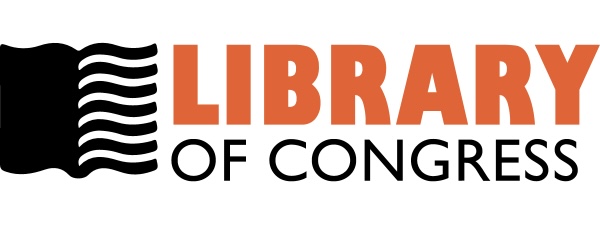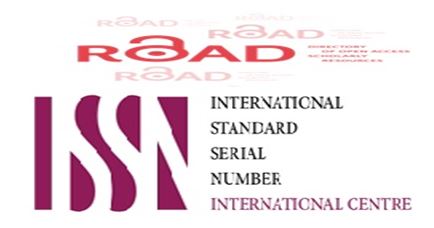Comparison of familial and sporadic multiple sclerosis in Iraqi patients
DOI:
https://doi.org/10.32007/jfacmedbagdad.541788Keywords:
Multiple sclerosis and familialAbstract
Background: Multiple sclerosis (MS) is one of the increasing prevalent neurologic disorders. Epidemiologic and family studies implicate genetic and environmental factors in determining
susceptibility to MS. The exact effect of the former is intended for investigation in our study.
Objectives: The objective of the study is to compare the demographic features, clinical presenting features, and clinical course between familial and sporadic cases of MS.
Materials and Methods: this is a retrospective cohort study conducted in Multiple Sclerosis Center in the Medical City in Baghdad. The records of the MS center in Baghdad Teaching Hospital were surveyed, and data from 13 patients with positive family history of MS, and 13 patients with out family history of MS was analyzed.
Results: Regarding the clinical presentation, for those with family history of MS the common presenting symptoms were sensory symptoms and transverse myelitis, and those without family history of MS was pyramidal, for those with family history of MS 11 patients had initial course of relapsing remitting MS ( 84.6%) ,of them 4 patients progressed into secondary progressive MS (36.4%); 2 patients had primary progressive MS as initial course, for those with negative family history of MS 12 patients had initial course of relapsing remitting MS, of them 5 patients progressed into Secondary progressive MS (41.6%); 1 patients had primary progressive MS as initial course (7.7 %.). No significant difference was found in the investigated parameters, except for the inverse relation between age of onset and lag time to diagnosis.
Conclusion: Familial MS do not significantly differ from sporadic MS in terms of the demographic patterns and clinical course and presentation. This is not the case for the relationship between the age of disease onset and lag time to diagnosis.




















 Creative Commons Attribution 4.0 International license..
Creative Commons Attribution 4.0 International license..


